The Procession of the Princes is a wall picture of enormous size that depicts a cavalcade. It can be found on Augustusstreet on the outside of the sable of the Dresden Castle (Residenzschloss).
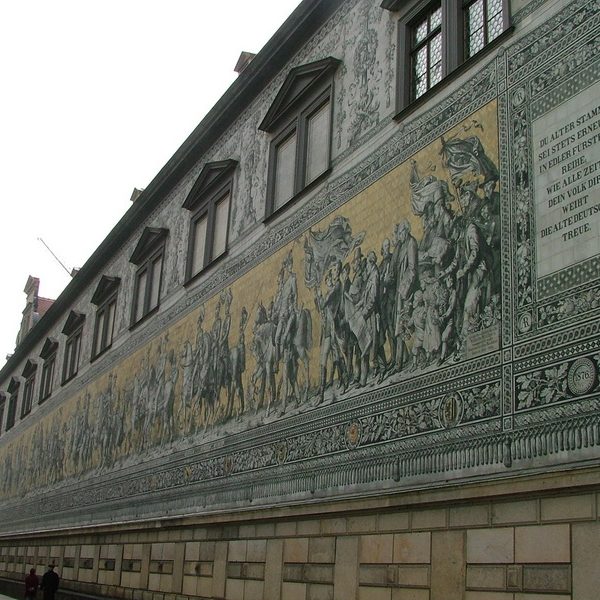
The picture was originally made by Wilhelm Walther in a plaster scratching technique for the 800 year celebration of the Wettin princely house (completed in 1876). Among other things, he tried to accurately capture facial features and historically relevant details. Unfortunately, the picture was not weatherproof and so it was decided to use specially made tiles in the renewal.
In the summer of 1907, the current painting was completed. It is 102 meters long and consists of about 23000 tiles made of Meissen porcelain.
The picture
The Procession of the Princes is supposed to represent a kind of tapestry and is visually constructed in such a way. The upper edge is formed by 38 differently designed fastening knobs, which make it look as if the artist hung the carpet on a wall.
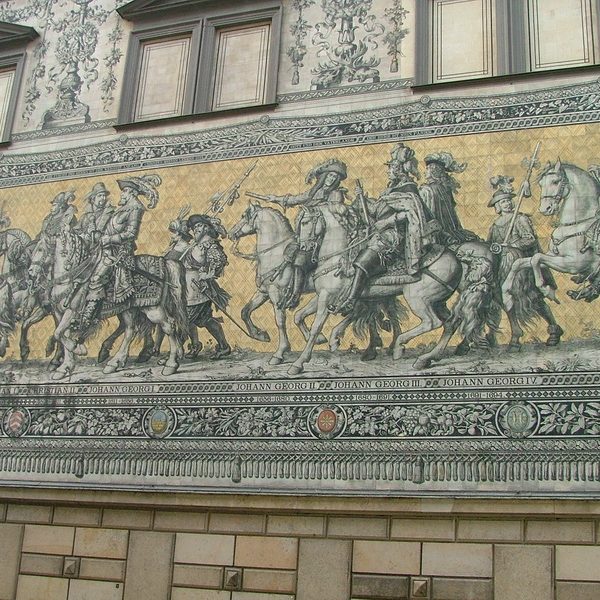
Around the main picture are placed ornamental frames, in which various plants, birds and butterflies can be seen.
Depicted is a cavalcade of market counts, dukes, electors and kings of the Wettin dynasty, who ruled Saxony between 1127 and 1904. The Procession of the Princes is opened by a herald who leads the procession along a sandy path. So that one can understand who is depicted on the mural, the names of the most important persons with their reign are at the bottom of the picture.
93 or 94 persons?
In most descriptions of the Procession of the Princes, 93 people are mentioned. If you count the heads, you will clearly find 93. But if you look a little closer at the end of the long row of people, you can discover him – the 94th man!
Hidden behind scientists, artists and students you can see only the headgear of the 94th person in the princely procession. It is astonishing that the scientists only noticed this in 2006, when they were planning a “living Procession of the Princes” for the 800th anniversary. On closer inspection, they “discovered” the hat, which had been overlooked for 125 years.
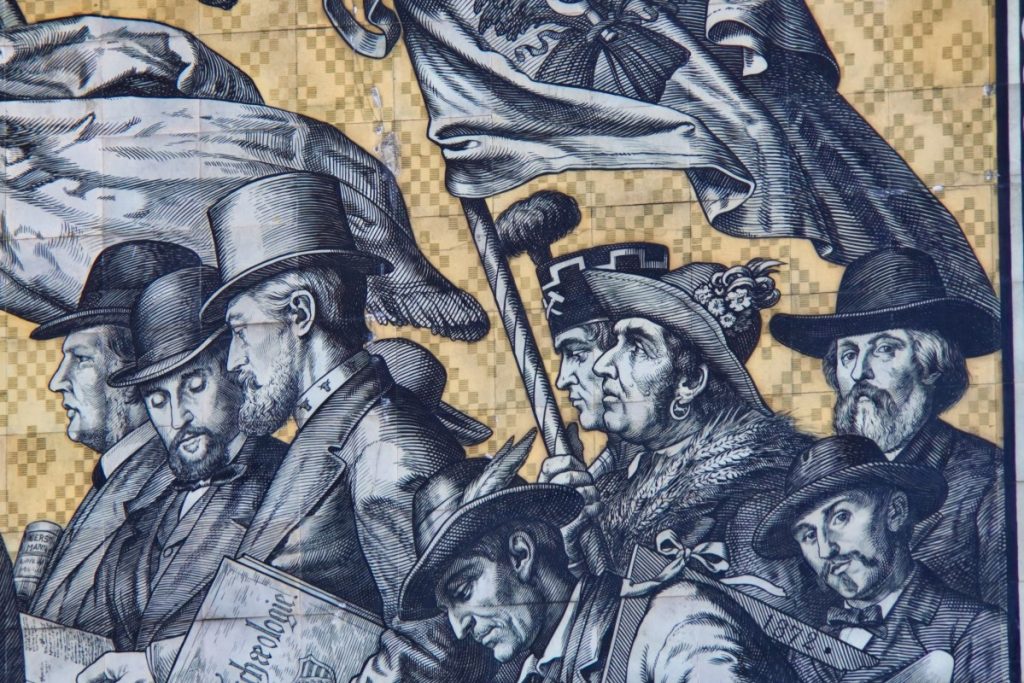
To date, the identity of the person is not known. Equally unknown is the identity of a little blonde girl, the only female person in the Procession of the Princes.
Thus, a total of 94 people are depicted in the picture, 35 margraves, dukes, electors and kings of Saxony, as well as 59 scientists, artists, craftsmen, soldiers, children and peasants, and further numerous horses and two greyhounds.
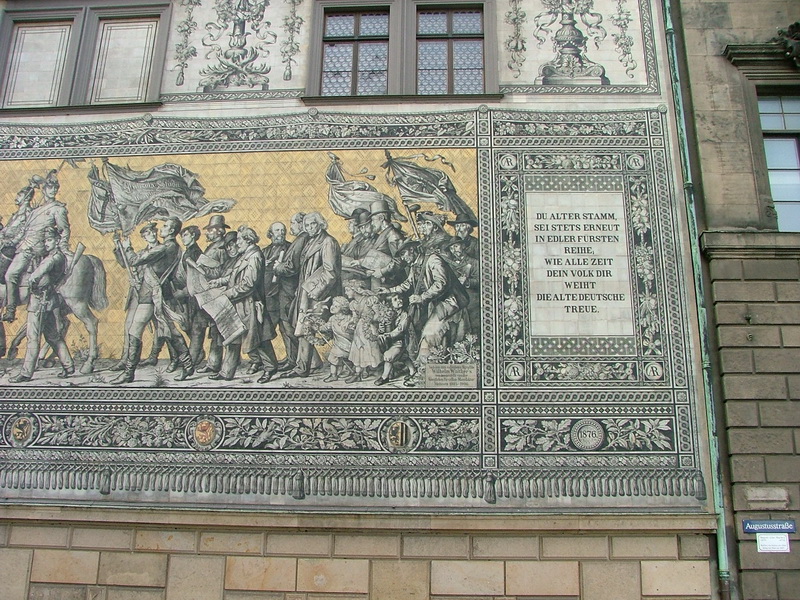
Fortunately, the princely train survived the air raids and the heat of the fires of the Second World War relatively well. After a cleaning and reworking of the tiles, the painting shone again in 1980 in all its beauty.
Interesting facts
Meissen is not far from Dresden. This is where the tiles were once created, which today form the beautiful Procession of the Princes.
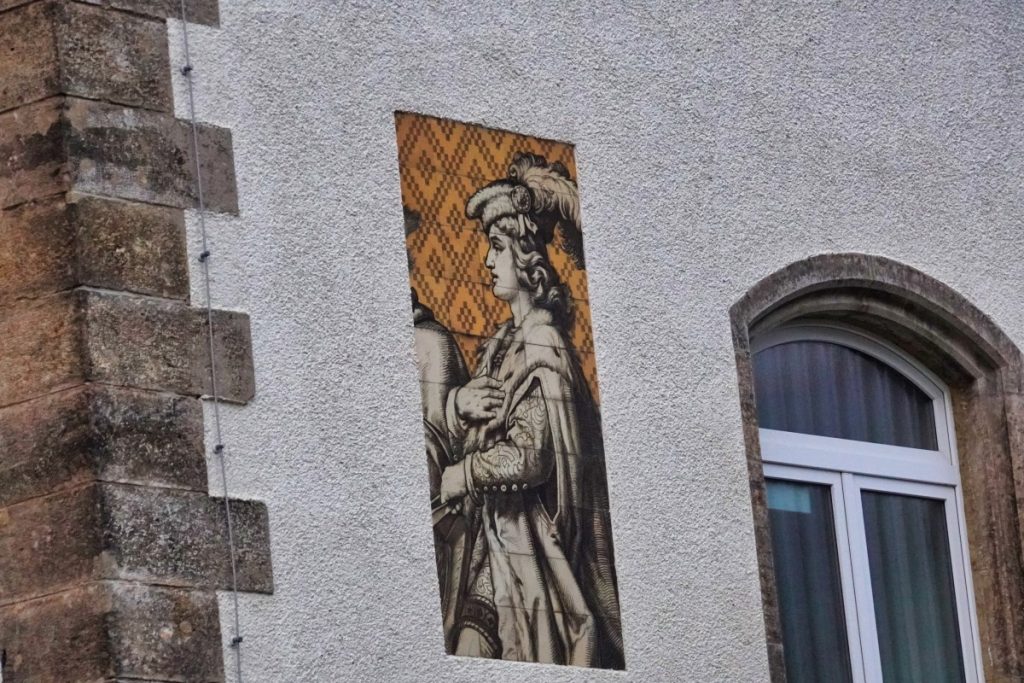
If you are out and about in Meissen, you can discover a sample picture made of 50 ceramic tiles on the courtyard side of the porcelain manufactory. This shows Margrave Frederick the Serious, but there are slight deviations from the picture in the Procession of the Princes. For example, the decorative patterns in the background and the position of the painting on the tiles are not identical to the Dresden painting.
Address:
Augustus Street – between Georgentor and Johanneum.
Dresden
Opening hours:
Always
Entrance fees:
You can visit the Fürstenzug free of charge.
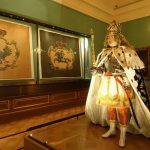

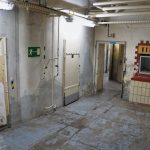
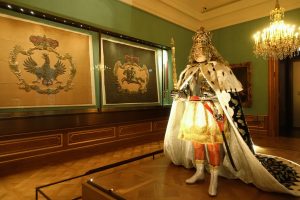

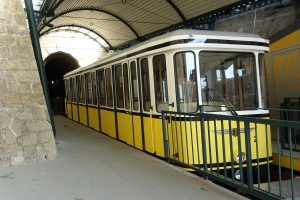
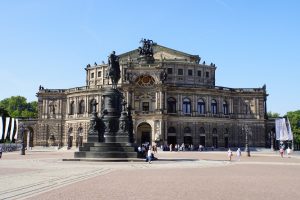
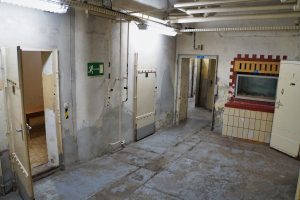
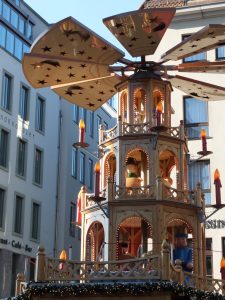
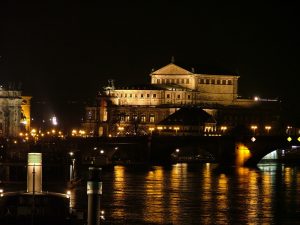
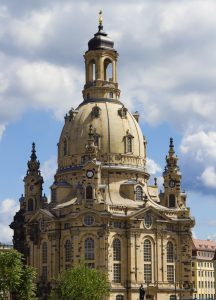

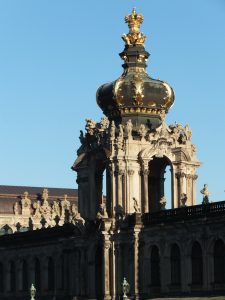

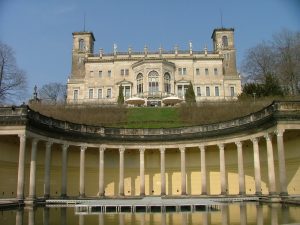
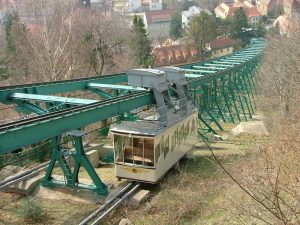
Leave a Reply